Categorical Medicine
The Categorical Internal Medicine Program welcomes 40 interns per year, about 80% of these complete the traditional three years of residency and 20% enter subspecialty fellowship after two years (“short-tracking”). Historically, approximately 85% of our categorical residents complete subspecialty fellowships after graduation, with the others entering hospital medicine, primary care, health policy and health economics, industry or other careers.
The Categorical Program experiences are divided between inpatient care, outpatient care, and a variety of clinical, research and other flexible electives tailored to individual career needs.
Exceptional clinical training, unparalleled opportunities, fantastic global health and health equity training
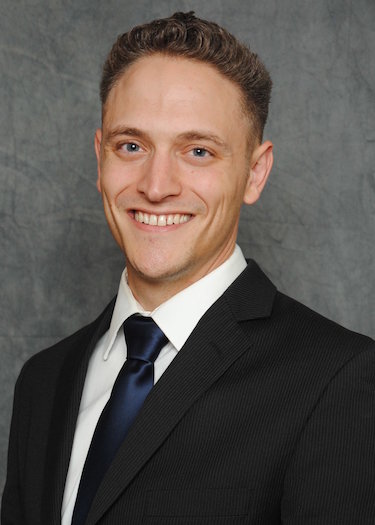
There's a culture of love within the program, especially within the primary care community that I thought would be really important to center on in my medical training.
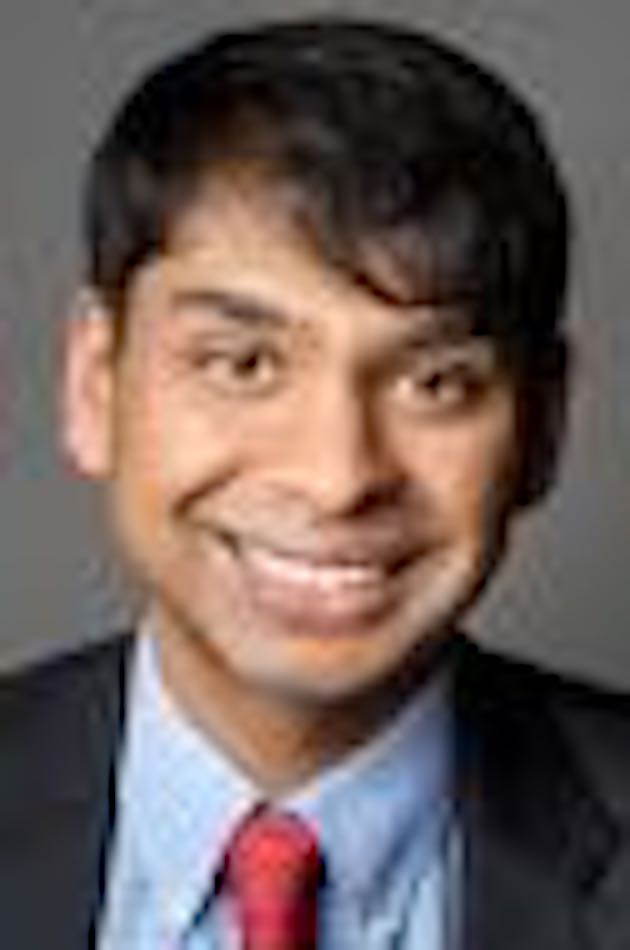
Top tier program with the most supportive environment and absolutely no cut-throat nature. Focus is on excellent patient care and learning rather than breaking you down. Wonderful colleagues.
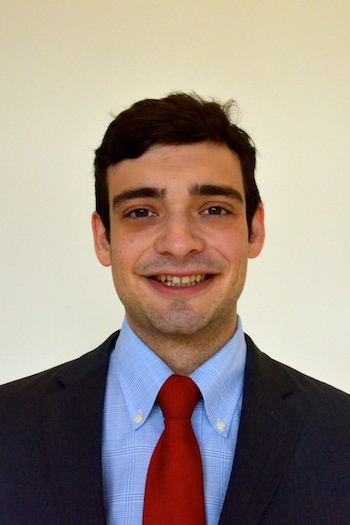
Brigham combines rigorous clinical training with the support and schedule you need to be a whole, happy human outside of medicine. You can do anything here, and you will be supported!
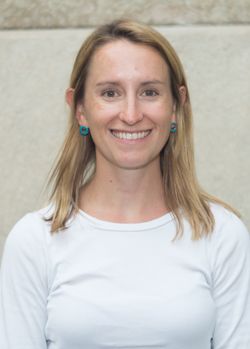
I chose BWH for its exceptional clinical training in a collaborative environment, broad range of research exposure, and opportunities to grow as a medical educator.
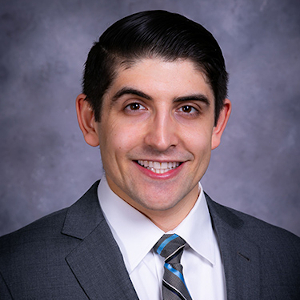
A major reason was the primary care track. I have enjoyed having a smaller network of people within the larger program who love primary care and who are passionate about social justice and health equity.
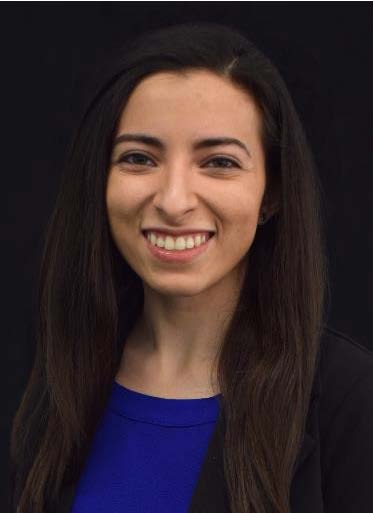
Having co-workers who not only want the best for patients and their families, but also for their colleagues and daily provide support for each other to ensure this is realized.
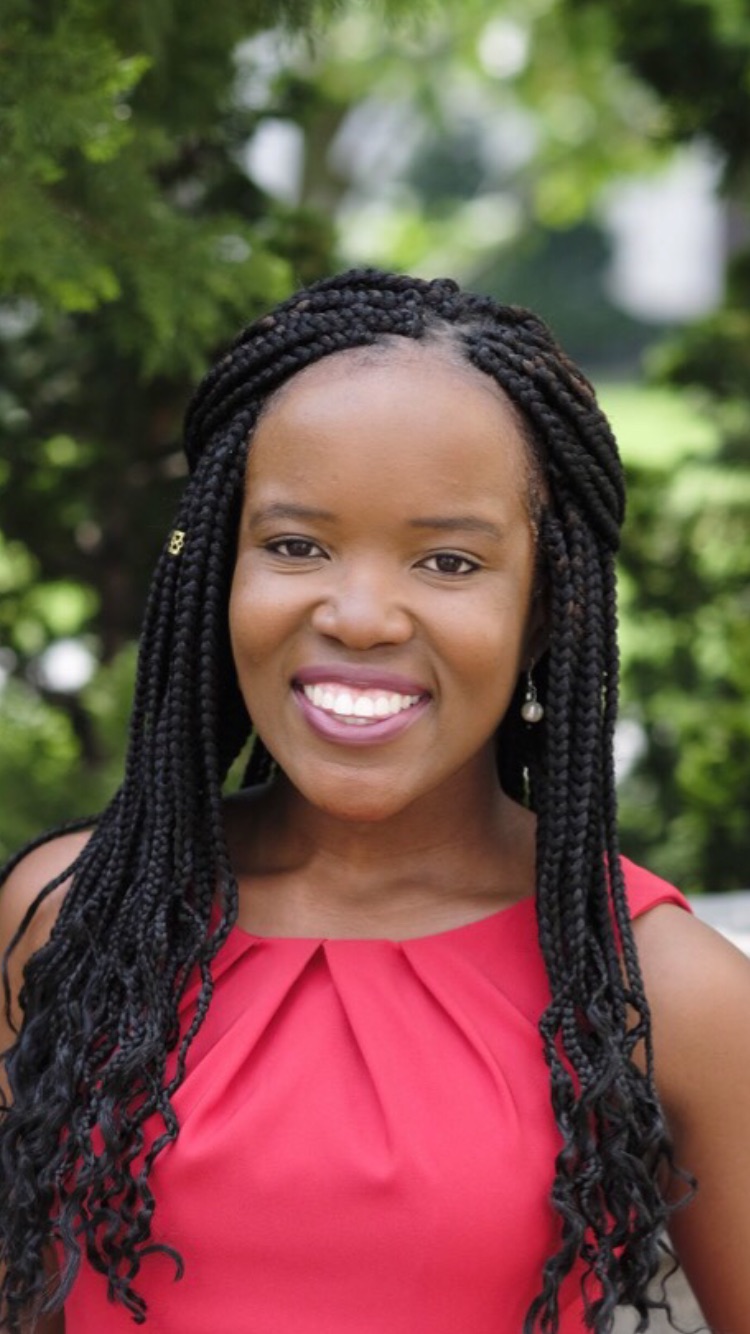
The common thread amongst trainees, faculty, and staff is kindness and empathy, which is so important with the constant challenges you can face practicing medicine.
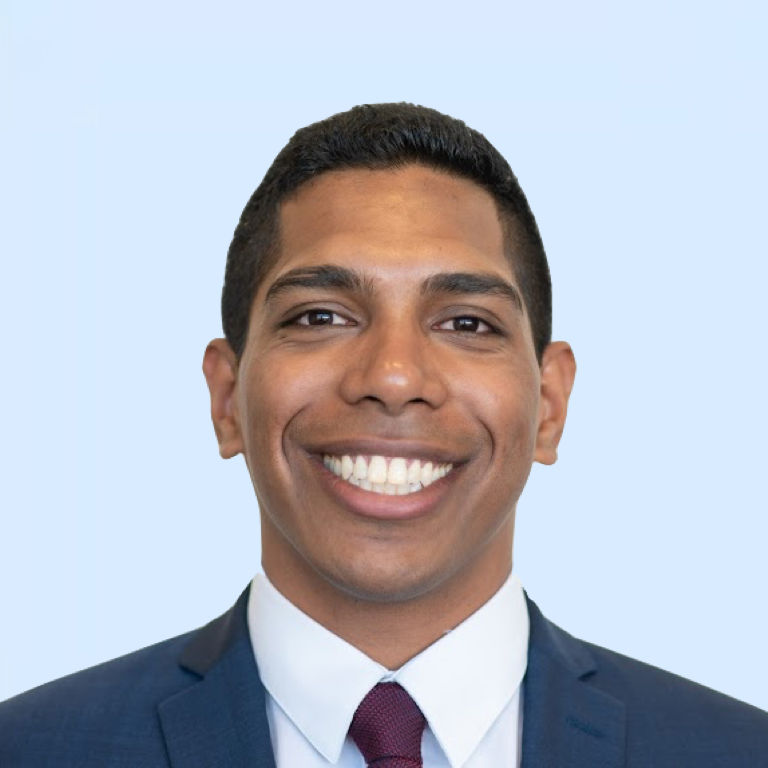
We take our jobs seriously without taking ourselves too seriously.

The culture that recognizes the humanity and complexity of patients and providers.
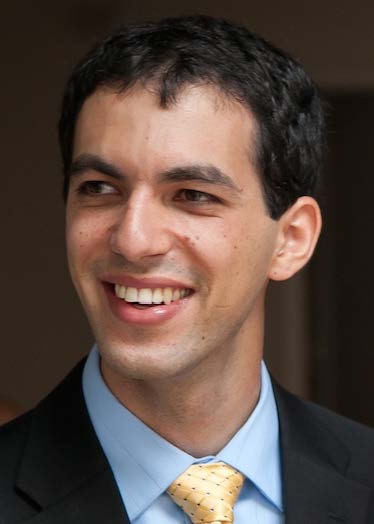
We get to do something meaningful for people every day. Watching my co-interns and residents take care of patients is one of the most transformative professional and personal experiences of my life.
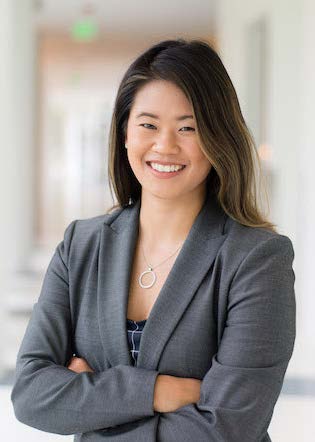
Everyone has their own focus and ability to contribute to making medicine (and the world) more equitable and just. We are all able to uplift and encourage each other in whatever we choose to do.
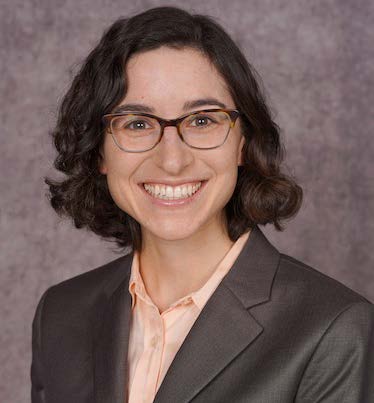
I am particularly impressed by the open communication between residents, chiefs, and program/hospital leadership, which has been an effective way to implement meaningful changes.
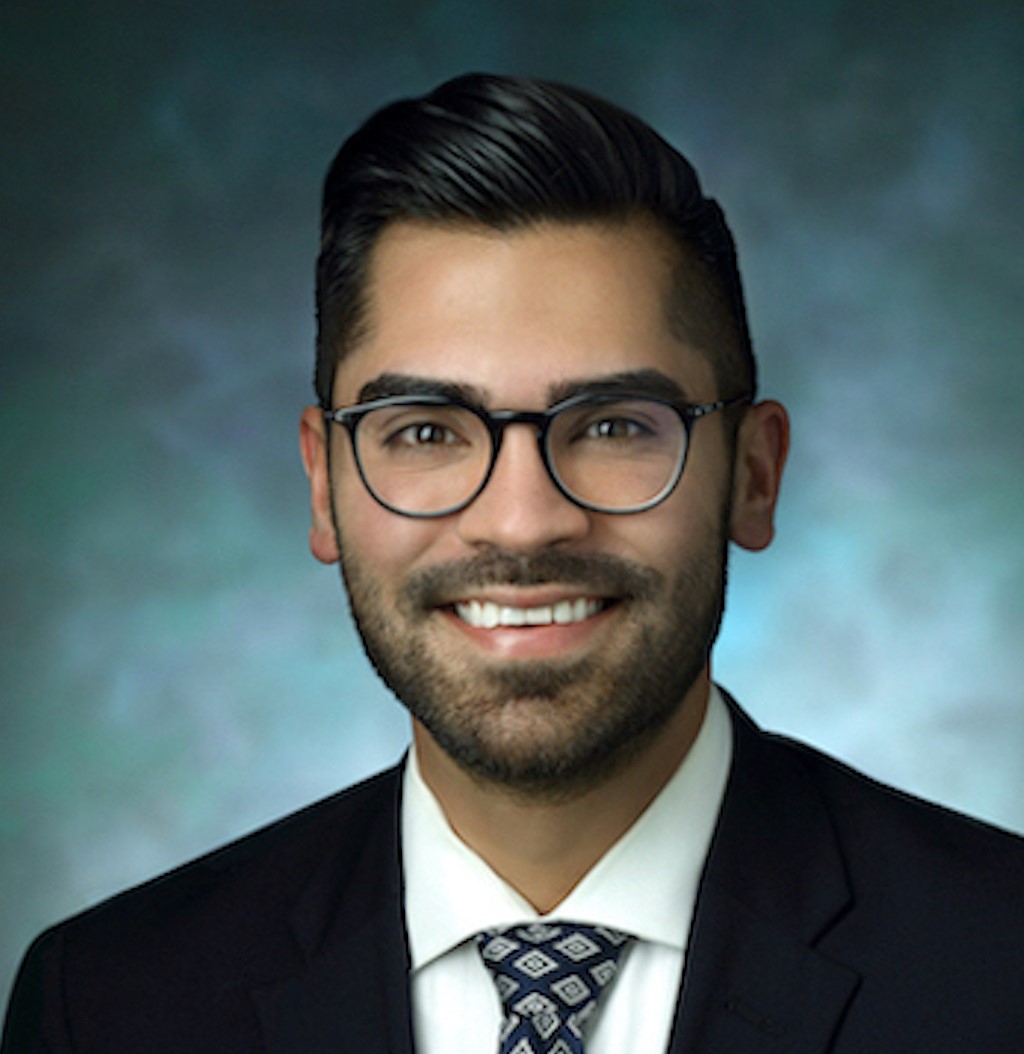
When you're family, you never worry alone

It is such a vibrant community of talented residents who advocate for their patients and colleagues!
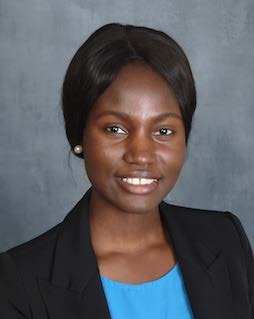
Inpatient Rotations
Housestaff rotate through several inpatient services including General Medicine, Cardiology, Oncology, ICU and CCU at the main teaching hospital. Other inpatient rotations include General Medicine at our nearby community affiliate BWH-Faulkner Hospital, and General Medicine, Cardiology and ICU at the Boston Veterans Administration Hospital in West Roxbury. Both the Faulkner and VA Hospitals are about 15 minutes away from BWH, and are accessible by public transportation and a BWH shuttle. Each rotation lasts for two weeks, although our General Medicine Integrated Teaching Unit (ITU) and VA rotations are four weeks to maximize team continuity.
There is a comprehensive curriculum that covers the spectrum of internal medicine topics, cost-effective and quality care, communication and humanism in medicine. Core medicine conferences include (but are not limited to): Morning Report, Intern Summer Workshop Series, Procedural Simulation Curriculum, Noon Conference Series (Summer-Emergency topics; Fall to Spring-Core topics), Morbidity and Mortality, Clinical Reasoning Conference, Clinicopathological Case Discussions (which appear in NEJM, most often with resident authors), Master Physical Examination Series and Journal Club. Each class as a full day retreat each year, with the following educational themes: Intern—reflection/meaning, Junior—teaching and team management skills, Seniors—leadership.
Outpatient Rotations
Each member of the medical housestaff has a weekly outpatient session either at Brigham and Women’s Hospital (BWH) or at one of the several practice sites throughout the Boston area. The single largest training site is The Phyllis Jen Center for Primary Care Clinic, which is on the Brigham campus and serves an exceptionally diverse patient population in terms of nationality, languages spoken, medical complexity and socioeconomic status. Other sites include community health centers, two of which are BWH-affiliated, primary care sites using a wide range of care delivery models, and two VA hospital clinics. The housestaff serve as the primary care providers for their patients, working as members of ambulatory care teams along with staff internists, physician assistants/nurse practitioners, social workers, and administrative staff. Residents are assigned a preceptor at the beginning of intern year and remain with them for all 3 years to foster mentorship.
In addition to the weekly continuity clinic, residents have five 2-week blocks of outpatient medicine rotation during both their first and second years. During these blocks, the residents participate in an ambulatory didactic curriculum planned over the course of two years to include important ambulatory internal medicine topics and embedded curricula on Health Equity/Racial Justice, Quality Improvement, and Communications. Residents also have additional continuity clinics, see patients in urgent care and rotate through several core sub-specialty rotations (called “focuses”) and also focuses of their choice. Sub-specialty rotations provide an intensive outpatient clinical experience in core areas such as pulmonology, rheumatology, cardiology, infectious disease, allergy, addiction medicine, and others. Senior residents have two 2-week blocks of outpatient medicine with additional continuity clinics and advanced conferences. In addition, residents participate in 2-week Ambulatory Subspecialty Electives (ASEs) during the intern, junior and senior years. ASEs will provide intensive experiences in ambulatory subspecialties and allow residents to take a deeper dive into areas of interest. In addition to clinical experiences in the specialty, residents will have the opportunities for self-directed learning with the guidance of a faculty member.
The BWH is proud to feature two primary care training programs for residents with dedicated interest in ambulatory and general medicine, advocacy, epidemiology and health policy.
Rotation Overviews
Housestaff spend about 2 months per year on inpatient General Medicine services, with time split between the Integrated Teaching Unit (ITU) and the General Medicine Service (GMS). Both services care for a diverse range of patients including underserved patients from the Boston area and patients transferred from around New England and the country for tertiary or quaternary care. The services make use of a resident-designed and very popular twilight system, in which a resident-intern pair directly linked to each team rotate in evening to help take over patient care responsibilities from the day team. Each team has a teaching conference from 4 to 5 PM to maximize education for the outgoing day and incoming twilight housestaff. In all cases, interns are the front line providers and the residents are the team leaders and teachers.
Integrated Teaching Unit (ITU)
The ITU is a core general medicine rotation for all housestaff that arose from an innovative resident-driven research project in medical education. The service is uniquely designed to provide more time for teaching and feedback by creating a team structure that allows for more clinician-educators to care for each patient. The team is comprised of two attendings (commonly one generalist and one specialist), two daytime residents co-teaching, four interns (3 day, 1 twilight) and two HMS medical students; the teams have the same cap as the GMS teams, which results in fewer patients for each intern and more time to be present on rounds and do field trips to the laboratory and other sites of care. The unique and popular co-teaching model (residents and attending) allows for a truly innovative and intensive teaching environment and highlights alternative views on patient management that focus on the essence of clinical decision making. In addition, the Chief Residents rotate as attendings on this service.
GMS
The GMS is the more traditional medical service with one attending, two residents (1 day, 1 twilight) and three interns (2 day, 1 twilight) per team. Like ITU, the interns present all the patients and are responsible for all patient care orders and consult communication. The resident functions as the leader and teacher of the team both on rounds and at the afternoon sessions, with the attending functioning to help teach and provide clinical insight. A typical census for the team is around 16-18 patients (8-9 per intern) with the average length of stay of 3.5 days.
Residents spend around 1.5 months a year on the cardiology services, which are comprised of General Cardiology, Congestive Heart Failure and the Cardiac Intensive Care Unit (known at BWH as the Levine Coronary Unit – ‘LCU’ in recognition of this being the first such unit in the country). Brigham residents are fortunate to learn from world-renown teachers and patients with diverse cardiology problems including acute coronary syndromes, advanced heart failure, mechanical circulatory support, heart transplant, severe valvular disease, congenital heart disease, pulmonary vascular disease and arrhythmia syndromes. Patients are referred from around the country for specialized cardiovascular procedures and are cared for by our housestaff. Structured didactics exist on all these services, each of which is named to honor a luminary cardiologist – all BWH residency graduates.
General Cardiology (Named after Drs. Thomas Smith, Richard Gorlin and Eva Neer)
The General Cardiology service is made up of three teams, each with one attending, two residents (1 day, 1 twilight) and three interns (2 day, 2 twilight); one of the services is also joined by a cardiology fellow each day. As with all rotations, the interns are the primary caregiver for their patients and the resident and attending focus on leading the team and teaching. As cardiology has many procedures and imaging studies, teams prioritize reviewing the primary data with their attendings and residents. Our patients undergo procedures including coronary angiograms, TAVR, TMVR and advanced electrophysiology procedures. In addition to General Cardiology, patients on these teams may be consulted on by BACH (Boston Adult Congenital Heart Disease) or pulmonary vascular disease attendings, though still primarily cared for by the housestaff. Our close integration with Children’s Hospital Boston offers the unique opportunity to care for patients with rare congenital heart diseases.
Congestive Heart Failure (Named the Lewis service after Dr. Eldrin Lewis)
The Congestive Heart Failure team has one resident and three interns (2 day, 1 twilight), working alongside attending who are national experts in the field. The Congestive Heart Failure team specializes in caring for patients with end-stage heart failure who may be candidates for advanced therapies including LVADs and transplant, along with those who have already received these therapies. The structure of the service allows for patients to remain on the floor with pulmonary artery catheters while on a variety of inotropes and vasoactive drips. Caring for patients post-transplant helps familiarize housestaff with principles of transplant immunology, allograft vasculopathy and rejection.
Cardiac Intensive Care Unit (Named the ‘LCU’ after Dr. Samuel A. Levine)
The LCU team consists of three junior residents, four interns as well as one fellow and critical care cardiologist. Based on housestaff feedback, the junior residents rotate on q3 (every three day) twenty-four-hour call, managing the LCU and all code blues in the cardiology building during their shifts. The interns rotate on q4 twenty-four-hour call, managing the unit throughout the day and night and seeing the natural history of critical conditions and learning directly from the teams’ management decisions. The LCU is a highly educational rotation, caring for the sickest patients in the cardiology building and learning from incredible leaders in cardiology while providing care to patients with mechanical circulatory support (peripheral VADs, Impellas, ECMO, IABPs), post-cardiac arrest care and malignant arrhythmias.
mpellas, ECMO, IABPs), post-cardiac arrest care and malignant arrhythmias.
BWH provides all inpatient care for the Dana-Farber Cancer Institute (DFCI) patients. Residents spend approximately 1.5 months each year rotating on one of the four housestaff oncology teams. As a world leader in cancer treatment and research, DFCI patients come with conditions ranging from common to extremely rare, with most patients receiving cutting-edge experimental and innovative treatments. All housestaff oncology teams have one attending physician, one daytime resident and three interns (2 day, 1 twilight). The interns are the primary caregivers, while the resident focuses on teaching and leading the team.
Solid Oncology
There is one solid oncology team caring for patients with a variety of solid cancers. The attendings teach about cancer screening, the intricacies of malignancy management, and novel chemotherapeutics. In addition to oncologic care, the patients also have a variety of general medicine and cardiac issues that are managed by the resident and intern with the help of the attending and consulting services.
Liquid Oncology
There are two liquid oncology teams with a similar structure to the solid oncology teams. These teams primarily care for patients with AML, ALL and lymphoma while they are undergoing induction or consolidation therapy or when admitted due to complications from those treatments.
Bone Marrow Transplant
One of the unique services at Brigham is the Bone Marrow Transplant service, which has a similar structure to the other oncology services. The service provides an excellent opportunity for residents and interns to learn about immunology, transplant immunology, transplant infections and many post-transplant complications including graft vs host disease. Due to the complexity of these patients, there is often a DFCI fellow assigned to the service, who helps the residents and interns understand the physiology and deal with complications that arise.
During each year, residents spend approximately 1 month in one of the two BWH Medical Intensive Care Units (MICU). Each MICU has a capacity of 10 patients and the MICU teams are made up of one critical care trained attending, one critical care fellow, three residents (2 day, 1 night) and four interns. The day residents alternate between long and short days, but the intern schedules differ depending on which MICU team they are on. Interns on the MICU-B team take q4 (every fourth day) 24-hour call, while interns on MICU-C rotate between long and short call days. The interns are responsible for presenting all the patients in the MICU to the long-call resident and proposing their plan of care for the day. The long call resident weighs in on the plan and teaches about evidence based critical care with help from the fellow and attending. Throughout the rest of the day, the care of all the patients is split between the interns, who are responsible for entering orders, discussing with consultants and holding family meetings with the help of the residents. All procedures are performed by the interns with supervision from residents and fellows as needed. Despite busy clinical responsibilities, teaching is prioritized in the MICU and there are formal didactics every morning led by the critical care fellows and attendings.
Brigham and Women’s Faulkner Hospital
The Brigham and Women’s Faulkner Hospital (FH, also referred to as Faulkner) is the community hospital closely associated with Brigham and Women’s. Depending on the diagnosis, patients can be admitted to BWH or to FH services from either emergency room. All residents rotate at Faulkner and spend approximately 1 month there each year on the general medicine services (FGMS). Faulkner offers the opportunity to provide care in a community hospital setting with somewhat limited resources (though always able to transfer to Brigham if needed). Typically, patients have a single issue (e.g., pneumonia) and many have not received prior inpatient medical care. Due to the team structure and the generally slower pace, there is ample time for teaching and there are multiple didactic sessions each day.
The FGMS teams are smaller than Brigham GMS with one attending, one resident and a single intern on each team; teams usually also have a HMS medical student. The smaller team and the one-on-one nature allow for more teaching from the resident and more time to talk about patient care decisions. As a community hospital, patients typically have more common general medicine problems and have a shorter length of stay.
Boston Veterans Administration Hospital, West Roxbury
Each resident spends approximately one month at the VA each year on either cardiology, general medicine or the intensive care unit (VA-MICU). The VA is jointly staffed by residents from Boston Medical Center (BMC), Beth Israel Deaconess (BIDMC) and Brigham. Rotating at the VA exposes residents to different practice styles and diagnostic approaches, along with teaching and conferences from all three residencies. Housestaff will teach HMS and Boston University medical students on the teams. The structure of the services is similar to those services at Brigham, although all are staffed by VA attendings. Like all VA hospitals, the patients tend to have many and complex medical issues – especially pulmonary and cardiac – and are so extremely grateful for the care provided by the residents.
In addition to the core rotations listed, there are a variety of other rotations to help train well-rounded clinicians. Some are mandatory rotations for all residents and some are elective.
Geriatrics
All junior residents spend two weeks on the Geriatrics service. Those two weeks include didactic sessions, working on the inpatient consult service, shadowing outpatient palliative care nursing and following geriatricians in clinic.
Emergency Medicine
Residents spend an average of four weeks over three years working in the BWH Emergency Department spread across the three years of residency. The rotation gives residents the experience to be the first physician to triage and evaluate a new patient, decide which diagnostics to pursue and care for multiple patients at once.
“Phys”
The Phys (short for supervising physician) is a time-honored tradition at Brigham that all senior residents rotate through. While the position serves multiple roles, the primary responsibilities are to act as the senior medicine consult for other services in the hospital, to be the MICU triage resident for the medicine services and to assist at all hospital codes. The Phys is paired with a Hospitalist attending and the rotation is designed to help teach about perioperative medicine along with working on triaging and code skills.
Elective
All junior and senior residents have time for elective rotations. There is flexibility in how this time is spent, but usually includes rotating on specialty consult services, working on research or a scholarly project, participating in away rotations (such as at our affiliate Indian Health Service Hospitals) or participating in some of the other medicine tracks (such as the Management Leadership Track). Senior residents can also act as an off-site chief resident during their elective time at either the Faulkner or VA sites.
Primary Care
Brigham and Women’s Hospital launched the first internal medicine primary care residency training program in the country in 1970, beginning a longstanding tradition of excellence in generalist training that thrives to this day.
The institution’s commitment to primary care training is evidenced by the fact that the Department of Medicine proudly offers two distinct training programs for applicants interested in primary care careers: one affiliated with the Division of General Medicine (DGM), and one affiliated with Atrius Health and Harvard Medical School’s Department of Population Medicine Harvard Medical School’s Department of Population Medicine (AH/DPM). Both programs share a common goal: to train leaders in general internal medicine.
Our vision of primary care is broad and encompasses the many interests and talents of our faculty and residents, including clinical practice, education, racial and health justice, health services research, community service, health care policy and administration. We invite you to read more about our primary care programs at the links above.
